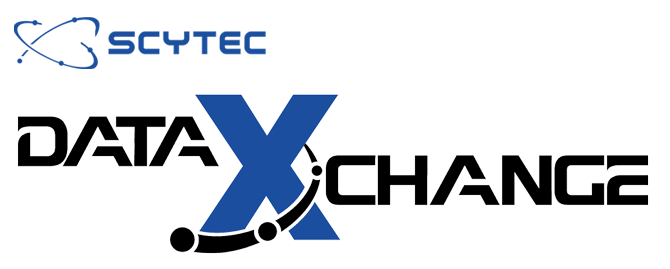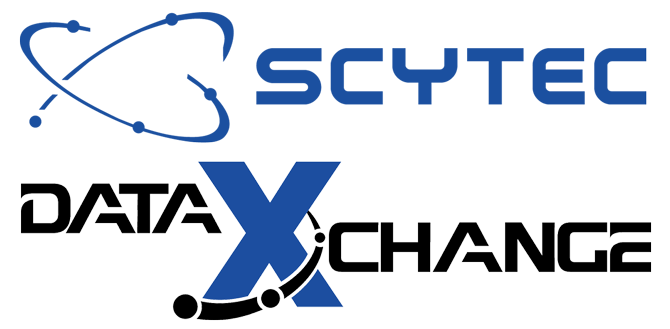What Can Manufacturers Do with the Savings Fostered by DataXchange?
In today’s rapidly evolving manufacturing landscape, staying ahead of the curve in terms of Industry 4.0 technology is not just advantageous, it’s imperative. One of the most transformative advancements in manufacturing is the integration of smart factory technology platforms like Scytec DataXchange machine monitoring into daily production processes. Beyond streamlining operations, increasing machine utilization, time spent cutting and boosting efficiency, these innovative platforms often lead to significant cost savings for manufacturers as well. But what exactly can companies do with the extra funds generated from implementing smart factory technology? Let’s delve into some smart factory strategies that will keep your factory lean and kaizen initiatives moving forward. Typically, Scytec DataXchange users report an increase of 10-30 percent utilization, so what can you do financially with that increase in capital?
Invest in Development and Infrastructure
Innovation is the lifeblood of any successful enterprise and essential for shop floors to continuously improve. With the additional funds that can be had via successful machine monitoring implementation, manufacturers can allocate resources to R&D departments to foster the development of new products or improve existing ones. This investment can lead to a competitive edge in the market and pave the way for future growth. Scytec DataXchange can provide discovery of sections of time that suffer from patterns of machine inactivity. With that time back and spent producing, you can allocate that saved time to further R&D projects.
Smart factory technology often requires compatible infrastructure and equipment. With saved funds, manufacturers can modernize their facilities by investing in state-of-the-art machinery, upgrading production lines, or implementing energy-efficient solutions, thus optimizing their manufacturing processes for maximum output and quality. Modernizing equipment and infrastructure is essential for maintaining operational efficiency and meeting industry standards, and is one of the core principles that Scytec DataXchange was built on.
Expand Market Reach
Increased profitability from monitoring your machines and shop floor equipment opens doors for market expansion initiatives. Whether it’s penetrating new geographical regions, diversifying product lines, or targeting niche markets, manufacturers can utilize saved funds to fund marketing campaigns, establish distribution channels, or even explore strategic partnerships and acquisitions. Stronger financial positions can allow manufacturers to explore opportunities for expansion into new markets, both domestically and internationally. These strategic partnerships, mergers and acquisitions made possible with extra capital from machine monitoring can help diversify revenue streams and drive long-term growth.
Improved Quoting and Delivery Times via More and Better Parts Created
Before the advent of IIoT platforms like Scytec DataXchange, lots of shop floor tracking was done on paper and pencil and very little historical insight was had into how many usable parts were created and how many went into the rework bin. Scytec DataXchange can give you insight into the number of parts being created and your operators insight into their respective work orders and parts per hour and utilization percentages and whether they are hitting those needed metrics. Once these bottlenecks are found and confronted with Lean methodology you will see an increase in parts produced which based off customer testimonies from DataXchange case studies will lead to faster delivery times of parts to clients and provide better quoting.
Foster a Culture of Innovation
Investing in employee training programs not only improves productivity but also empowers workers to adapt to new technologies effectively. Manufacturers can allocate funds to develop comprehensive training modules or even subsidize higher education for their employees.
Collaboration with other industry players, research institutions, and technology partners can accelerate innovation and drive collective progress. By allocating funds towards collaborative projects, manufacturers can participate in consortia, joint ventures, or innovation hubs focused on developing breakthrough technologies and addressing common challenges faced by the industry.
As smart factories continue to evolve and revolutionize the manufacturing landscape, it is imperative for manufacturers to seize the financial advantages afforded by these technologies and leverage them to drive continuous improvement and innovation across all aspects of their operations.
In conclusion, the savings generated from implementing smart factory technology present manufacturers with a multitude of opportunities for growth and innovation. By strategically allocating these funds towards research and development, infrastructure upgrades, employee training, supply chain optimization, sustainability initiatives, market expansion, and collaborative innovation, manufacturers can position themselves for long-term success in an increasingly competitive global market.


